A Flipper’s Top 10 Tips for Increasing Home Value
Hello, my friend, hello again; today we come together to talk about A Flipper’s Top 10 Tips for Increasing Home Value and hope the blog can help you.
You’ve seen the infomercial—all you have to do is order the video and you’ll be making a fortune flipping houses. The reality of house-flipping is slightly different, and while many people do make a decent profit, others lose money because they choose the wrong property or they don’t take the correct steps after buying the property. Stacy Coleman of Baytown, Texas, has been flipping one or two houses per year for the past 15 years, and she’s agreed to share her tips for increasing a home’s value as well as increasing the return on your investment (ROI).
Pick the Right House
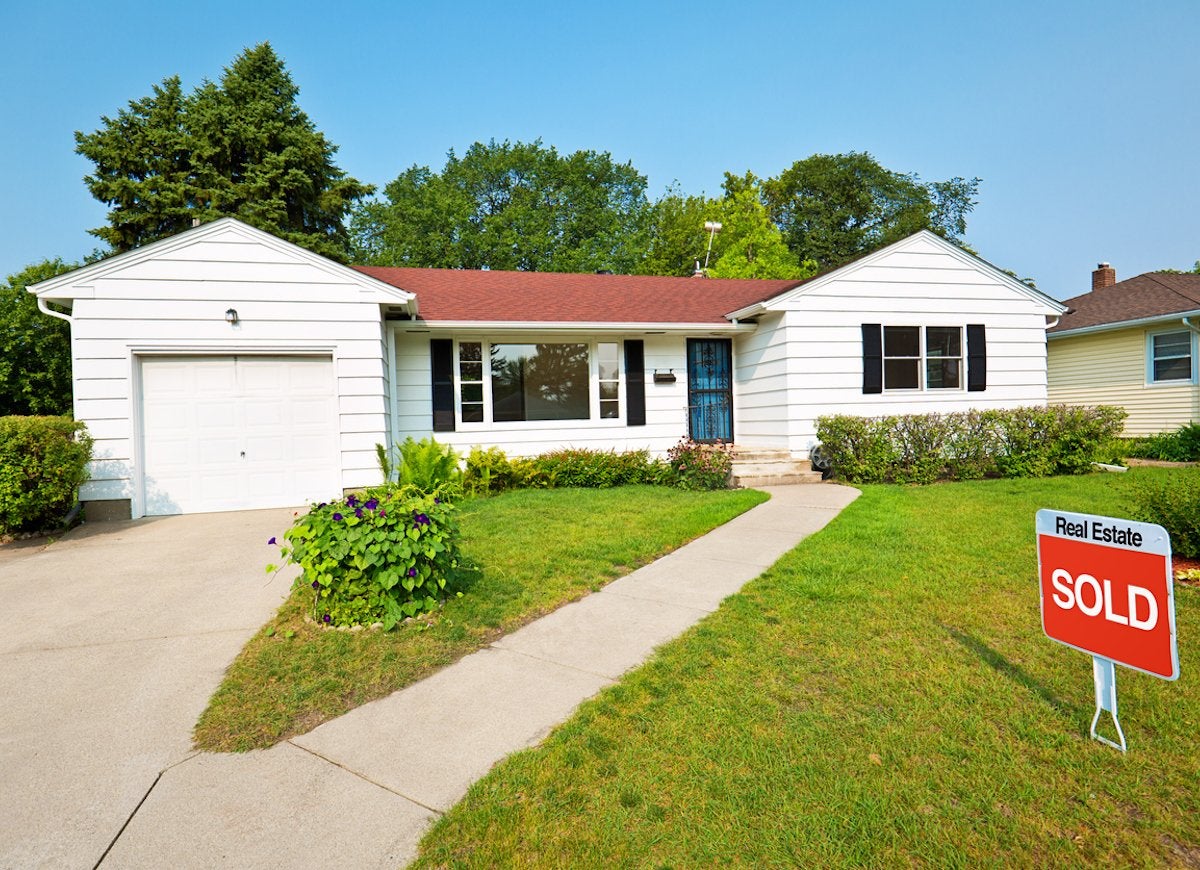
The most important thing when choosing a house to flip is to find one that needs only minor repairs. “I look for ugly houses that have good structures,” Coleman says. “They need only cosmetic repairs and updating in order to make them salable.” She never buys homes that have major structural or foundation problems, because she knows she’ll end up spending too much on repairs and that will cut into her profit when she goes to sell the house.
Paint Everything
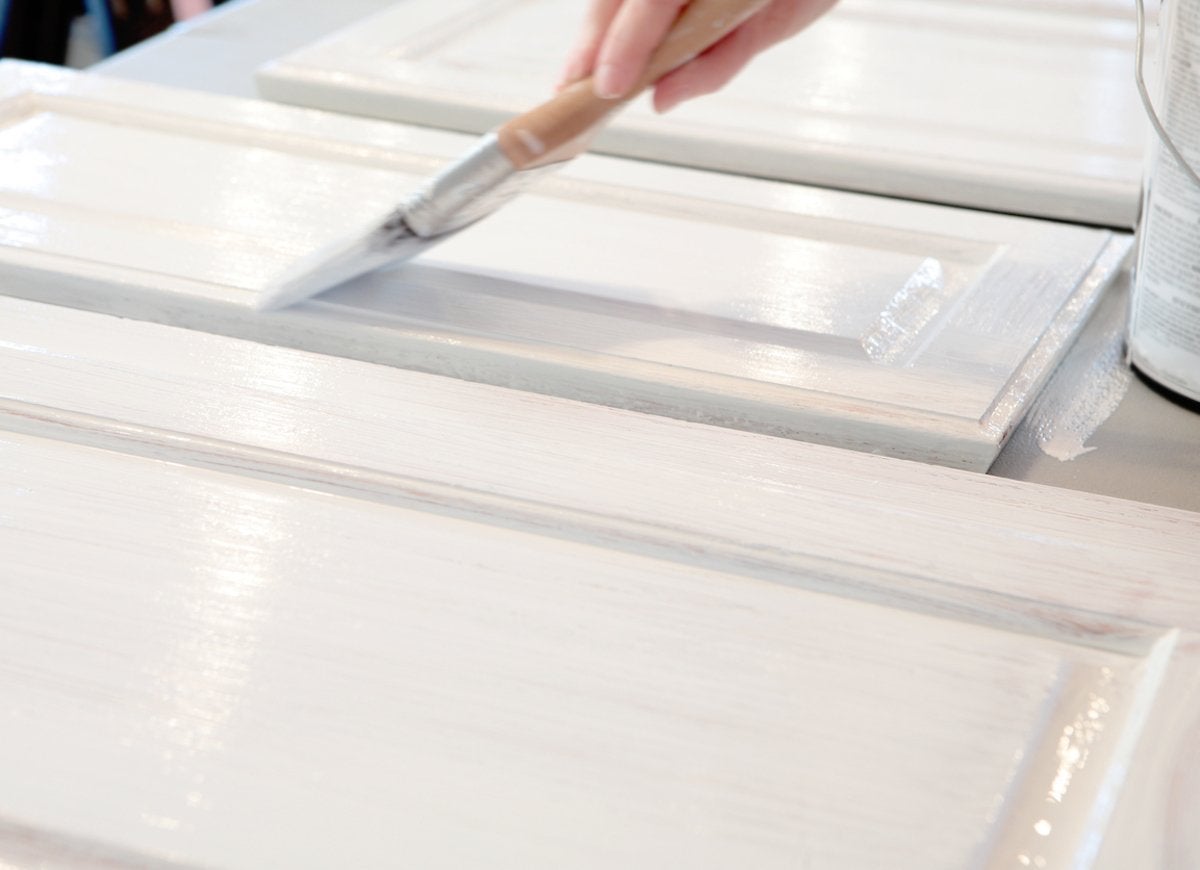
According to Coleman, “Nothing makes an ugly house look better than paint.” She advises painting everything from the interior walls to the kitchen cabinets and the doors. “If the outside of the house looks bad, paint it too,” she says, explaining that buyers are more likely to make an offer if a house has a fresh coat of paint.
Install New Carpet
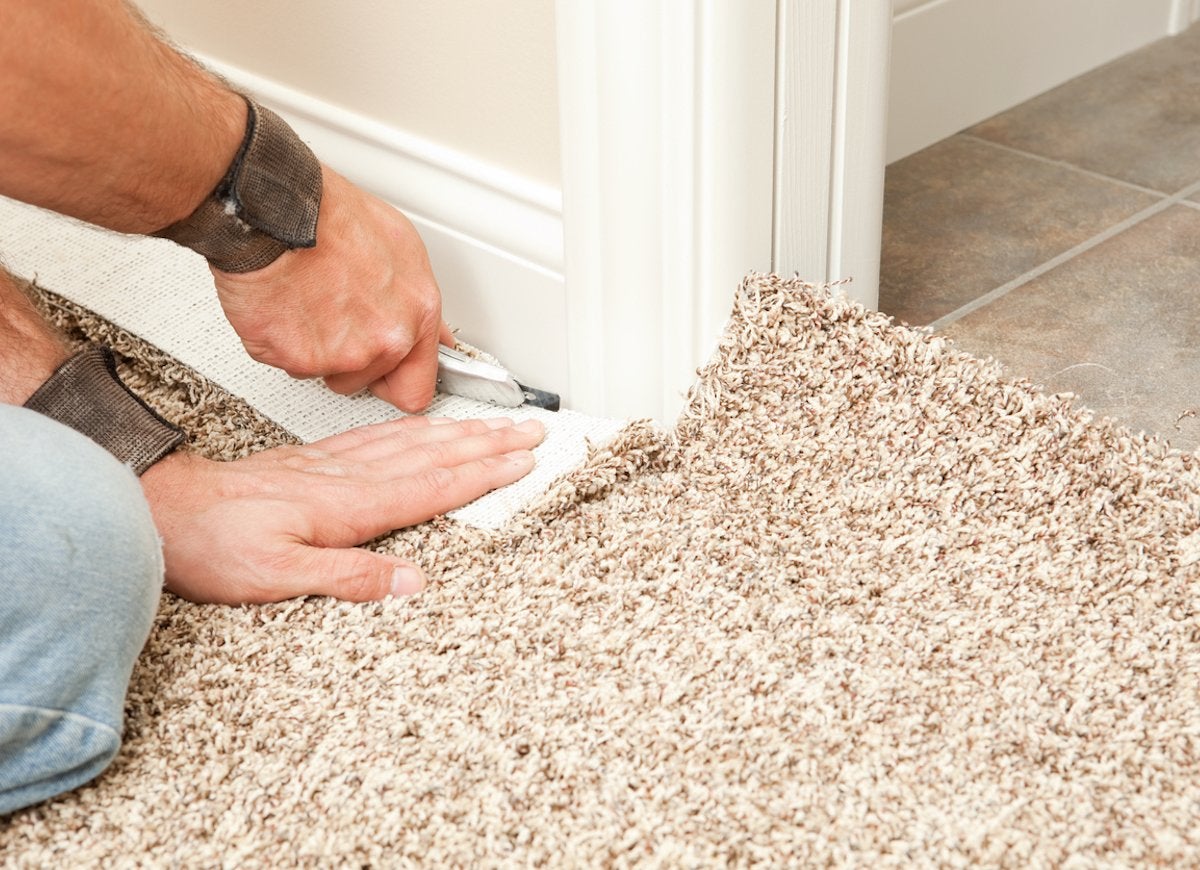
While Coleman likes to do a lot of the updating herself, she always hires a professional carpet layer to install new carpeting. “It’s one of my biggest expenses,” Coleman says, “but it gives the house a new feeling, and that’s what buyers want.” She typically spends $1,200 to $3,000 for professional carpeting, depending on the size of the house.
Clean Like You Mean It
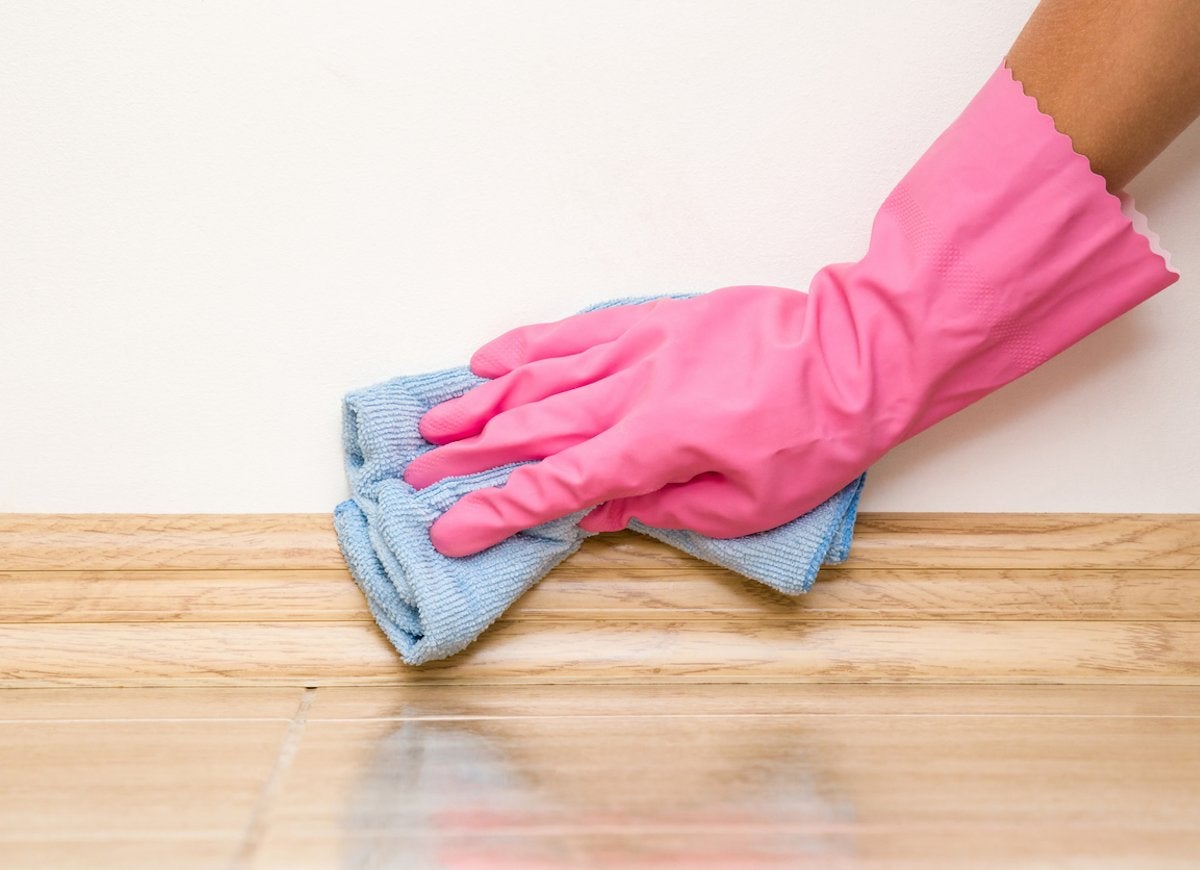
Buyers want clean homes. Coleman doesn’t just keep the house vacuumed, dusted, and the countertops wiped down, she washes the walls, cleans the windows until they sparkle, and scrubs the baseboards weekly while she’s trying to sell the house. “I learned early on that I’m more likely to get a full-price offer if the house is spit-shined,” she says, “so it’s definitely worth investing in good cleaners and putting in the work.”
Spruce-Up Curb Appeal
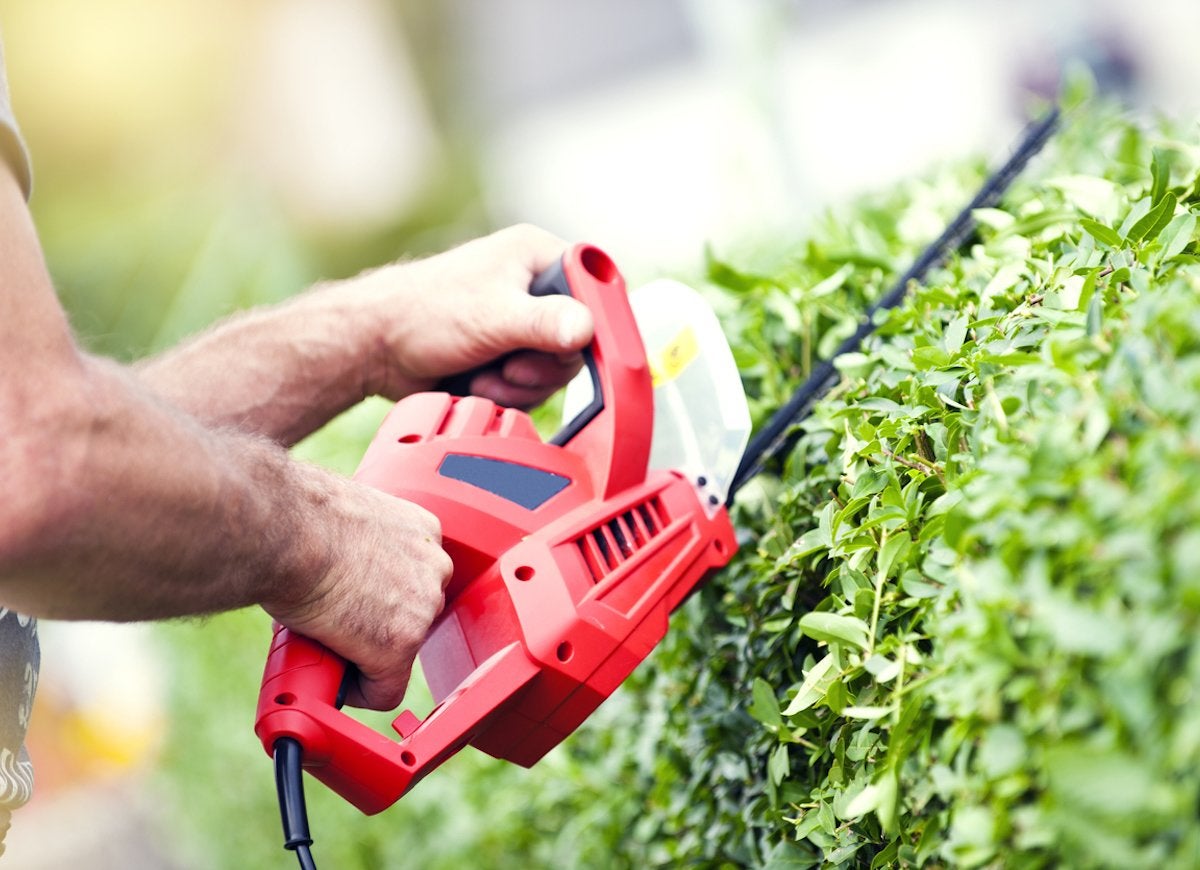
First impressions count, and you may never get the right buyer through the front door if the outside of the house isn’t attractive. “Good curb appeal adds value to any home,” Coleman says. She trims bushes and shrubs and plants an appealing specimen tree in the front yard if it doesn’t already have one. A lot of times, she also replaces the old mailbox with a shiny new one because “…it adds a fresh feel to the front yard.”
Change Light Fixtures
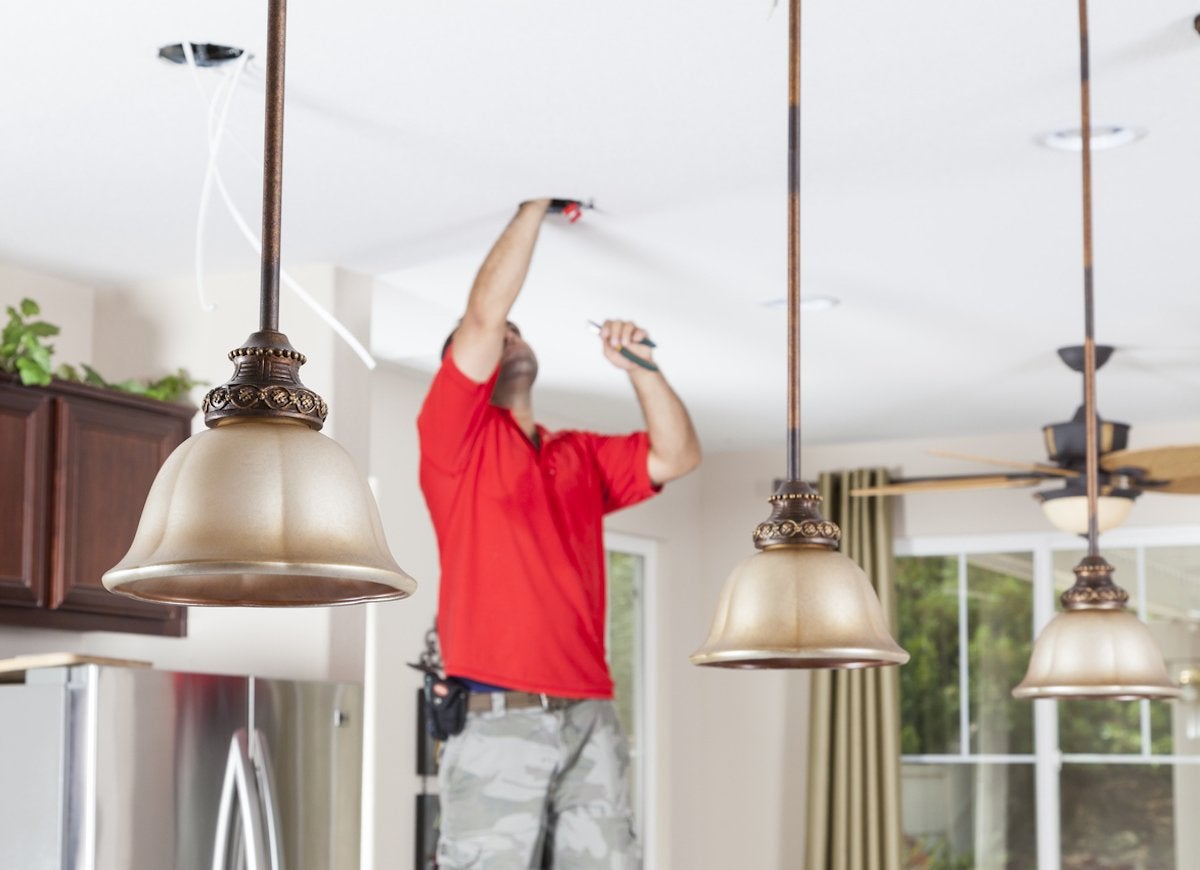
Over time, light fixtures go out of style and the glass on them can yellow, so Coleman usually replaces them. Where Coleman lives, property owners are allowed to do the wiring that’s necessary to replace light fixtures in their own houses, and she learned long ago how to do it herself. “I used to hire an electrician, but then I bought my own set of wiring books and now I do it myself.” She explains that the real value of a flipper is how much profit you make after paying for the repairs and updates, so the more you can do yourself, the more money you’ll bank when it sells.
Related: Don’t Quit Your Day Job: 10 Tips for Wannabe House Flippers
Update the Kitchen

A kitchen sells a house, according to Coleman, and she focuses on making the kitchen in her flips looks as inviting as possible. After painting the cabinets, she changes the knobs and drawer pulls in addition to replacing the sink faucet. “I can do all those things myself,” she says, but occasionally, if the sink itself is in bad condition, she’ll hire a handyman to install a new one.
Furnish the House

Not all house-flippers stage their houses, but Coleman asserts that it adds visual value and can help potential buyers form an emotional bond with the house. “I work with a local furniture company and lease an entire house full of furniture when I put the house on the market,” she says. She’s had buyers in the past who wanted to purchase the furniture from the company once they saw how nice it looked in the home.
Related: 13 Simple Home Staging Tips Every Seller Should Know
Wait a Year to Flip

When it comes to selling, a good sales strategy creates more value and profit for Coleman. “If it takes me nine months or so to get all the updating done, I’ll usually wait another three months before selling the house so I pay less in taxes on my profit.” Coleman’s talking about short-term Capital Gains tax versus Long-term Capital Gains tax. By waiting to close on the house until a year has passed from the time she bought it, she can save thousands in taxes.
Related: The Best Cities in America for Flipping Houses in 2019
Go the Partial-FSBO Route
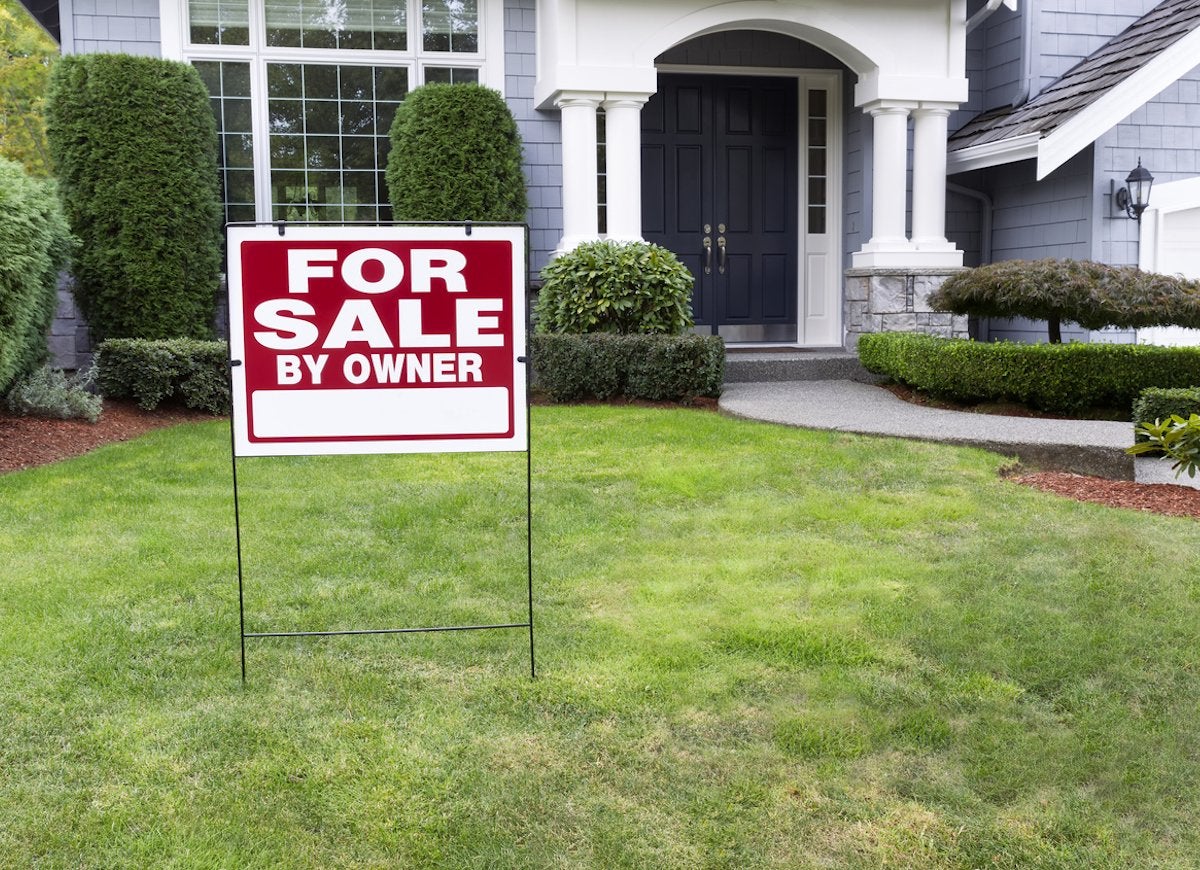
When she’s ready to sell her flip, Coleman goes the for-sale-by-owner route, but she doesn’t cut out real estate agents completely. “Most agents would agree to list my house for a 6% commission,” she said, “and then they would split that commission with the agent that sells the house.” Coleman visits with the real estate companies in her community and tells them she’s acting as her own listing agent but that she’ll pay 3% to any agent that brings a buyer. “Saving that 3% translates into thousands of dollars I get to keep.”